Gardenscapes by Joanna LLC


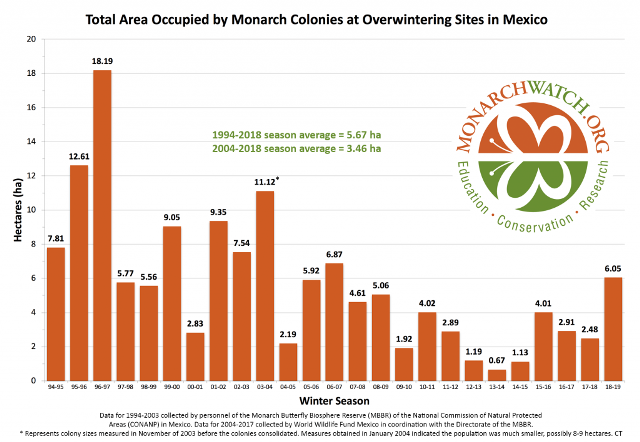
Call or E-mail us today!
Phone: (440) 935-5074
Please call for our landscaping services.
We design and install landscapes, patios and walkways.
Plant a Monarch Migration Station
and Help Save the Monarch Butterfly
Our company is a proud member of these organizations:
Ohio Native Trees
Ohio has a lot of great native trees, but we like to plant the trees that are high wildlife value trees. These are trees based mainly on the value of their fruits, seeds and or nectar used for food for wildlife, and the relative number of species using the plant for food.
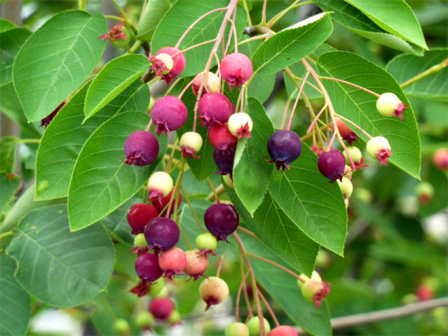
Berries on Amelanchier laevis above.
Berries are edible and can be used to make jams, jellies and pies.
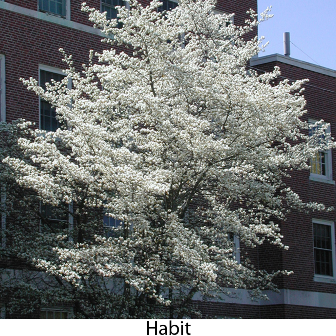
Amelanchier laevis (Serviceberry) above, blooms in April;
15' - 35' H and 15' - 25' W; usually grown as a multi-stem tree. Likes Sun to Part shade. Great fall color. Tolerates Air pollution.
Used by 58 wildlife species - 35 bird species; important early food.
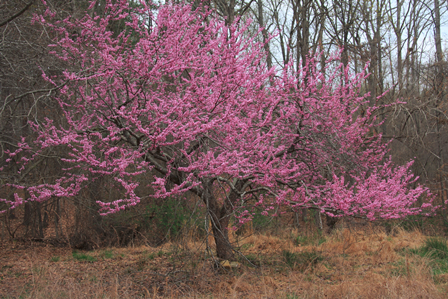
Cercis canadensis (Redbud) above
20 to 30 ft. H ¨25 to 35 ft. W ¨Blooms in April ¨Full sun to part shade
Tolerates Deer, Clay Soil, Black Walnut
Attracts Bees, Birds, Hummingbirds, Butterflies
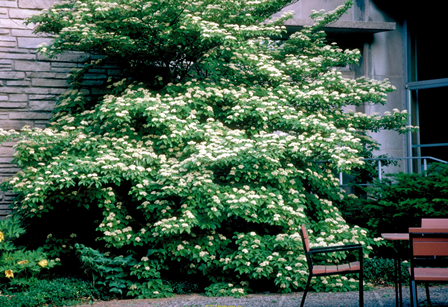
Cornus alternifolia (Pagoda Dogwood) above
¨15 to 25 ft. H ¨20 to 32 ft. W ¨Blooms May to June ¨Full sun to part shade ¨
Tolerates Deer
Used by 64 wildlife species; 43 bird species; butterfly larva
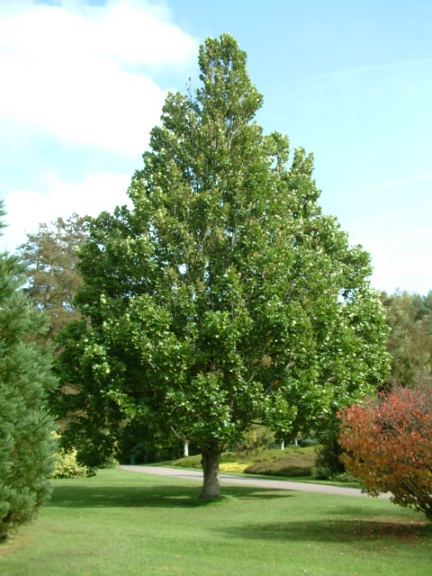
Lirodendron tuliperfera Tulip Tree above
¨80’ H x 40’ W ¨Blooms late spring early summer Sun to part shade
Tolerates Deer, Clay Soil
The Tuliptree is the tallest tree of eastern forests with the straightest trunks.
Attracts birds, hummingbirds and butterflies
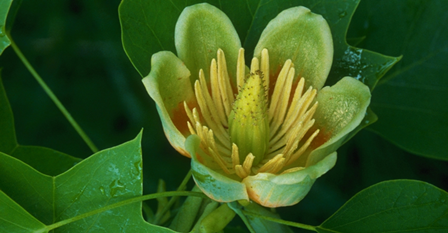
Tuliptree has the largest solitary flower (above) of any native tree in Ohio.
Floral buds emerge with the foliage in mid-spring and open over an extended period in the tree canopy in late spring and early summer.
Please note that most Tulip Trees flower at around 10 years old.
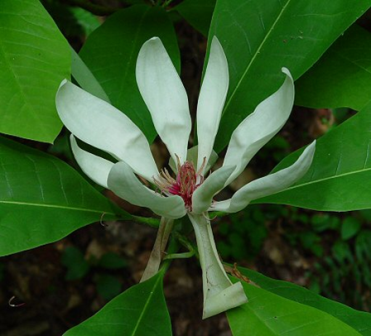
Magnolia tripetala (Umbrella Tree) above
The leaves of Magnolia tripetala are large, shiny green leaves (to 24" long and to 10" wide) and appear in whorl-like clusters at the stem tips, resembling the spokes of an umbrella.
¨15 to 30 ft. H 15 to 30 ft. W; Blooms in May; Likes part shade¨
Tolerates Heavy Shade
¨Attracts songbirds, bees and beneficial insects
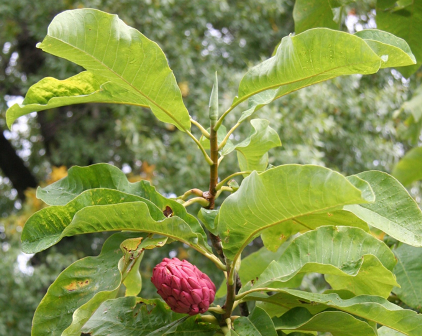
Flowers of the Umbrella Magnolia are followed by cone-like pink fruits to 4" long (above) that ripen in fall and are a delicacy to birds.
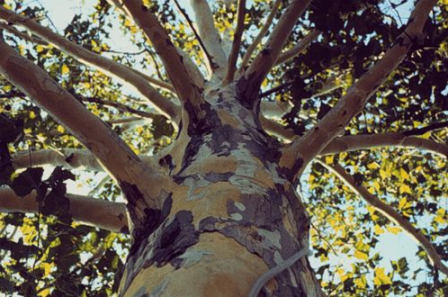
Platanus occidentalis (American Sycamore) above
¨80’H x 60’ W ¨Sun to part shade ¨Tolerates Deer, Air Pollution
Attracts Song birds, migratory birds and small mammals
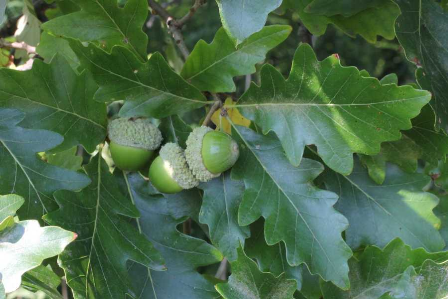
Quercus bicolor (Swamp White Oak) above
¨50 to 60 ft. H ¨50 to 60 ft. W ¨Full sun ¨Tolerates Wet and Dry Soils
All oaks are great trees to plant for the planet. They are one of the top carbon storing trees along with being an invaluable species to pollinators and wildlife.
Attracts bees, birds, waterfowl; acorns provide food
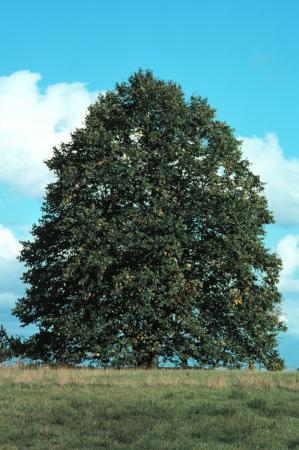
Tilia americana (American Linden) above
¨50 to 80 ft. H ¨30 to 50 ft. W ¨Blooms in June ¨Full sun to part shade
¨Tolerates Drought, Clay Soil
Attracts birds, bees (important pollen source for honey), butterflies
Tilia americana's flower's below:
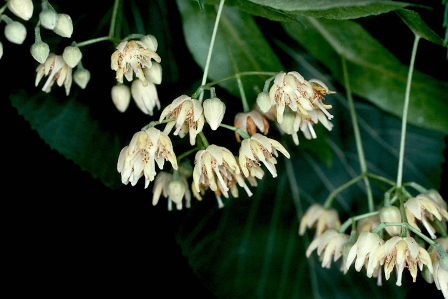
When a tree is in full bloom, bees often visit in such abundant numbers that humming can be heard many feet from the tree. Honey made from these flowers is a prized gourmet food item. Flowers have also been used to make tea. Flowers give way to nutlets that are attached to narrow bract-like strap-shaped wings (to 5” long). Nutlets ripen in late summer. Winter twigs and buds are red. A syrup may be made from the sweet sap in somewhat the same manner as maple sugar.
Thank you for visiting our website.
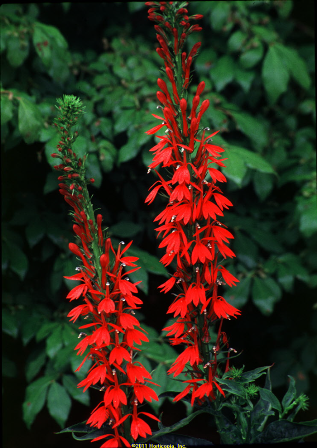

Copyright © 2010





